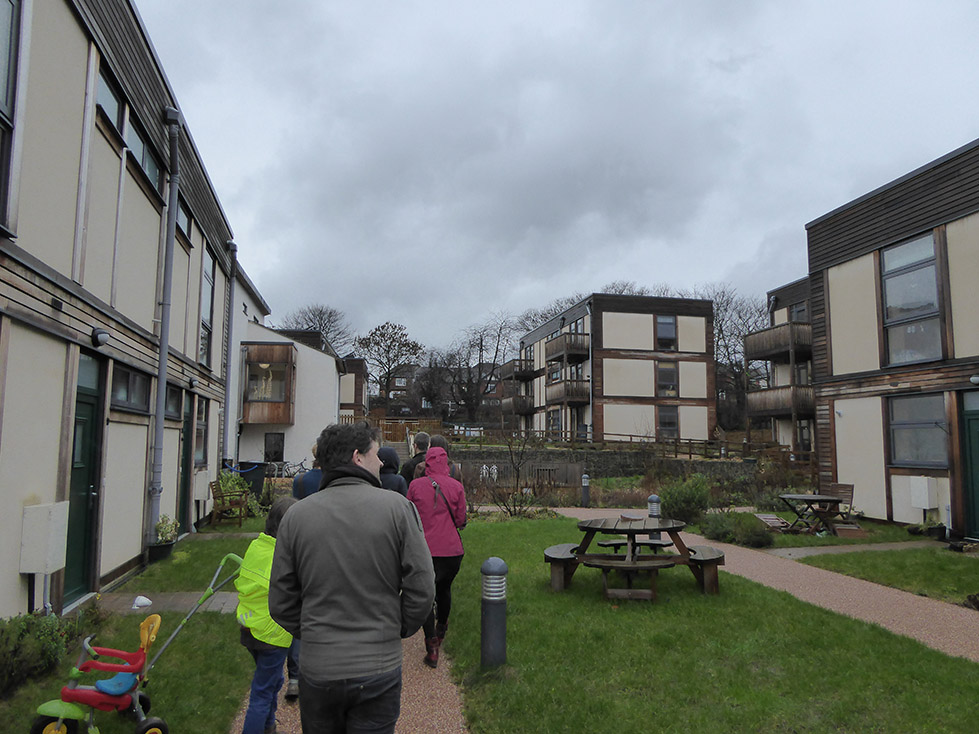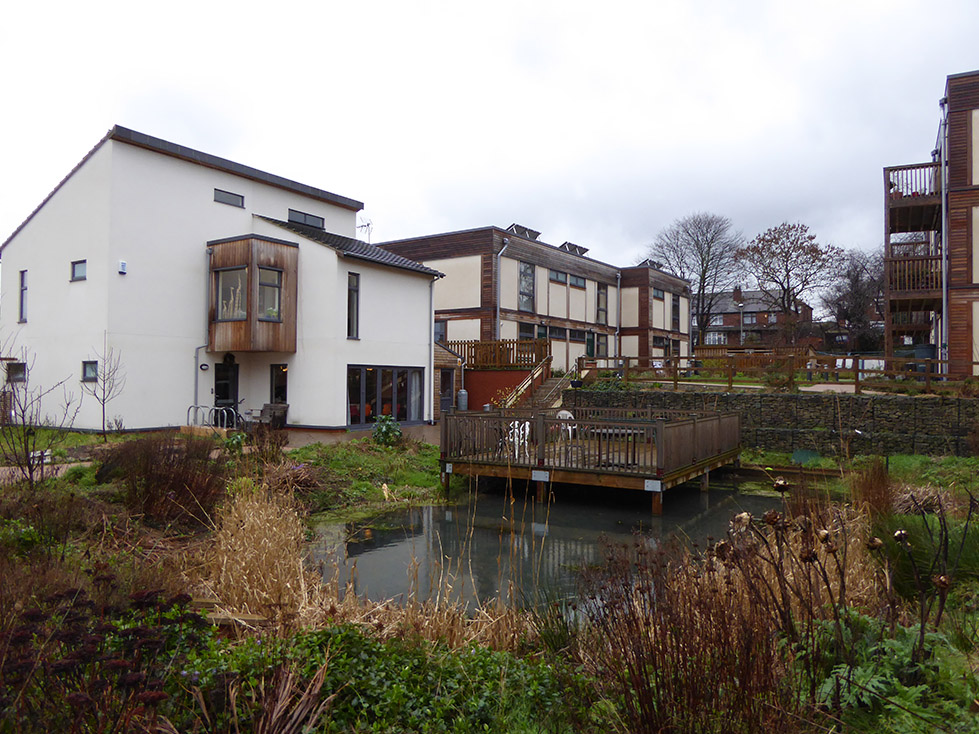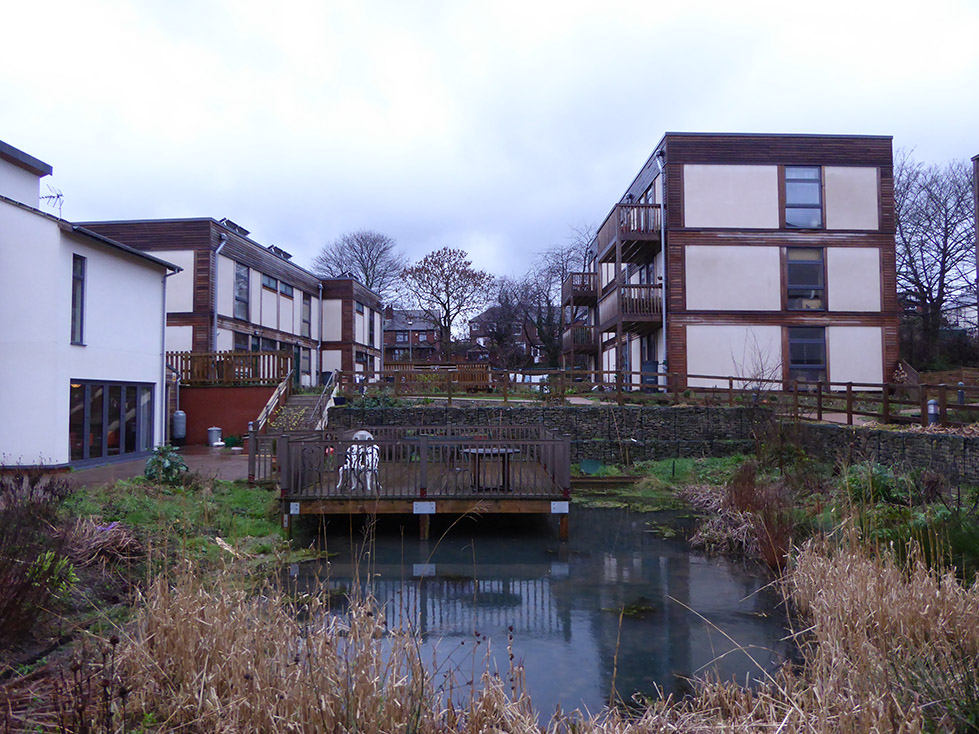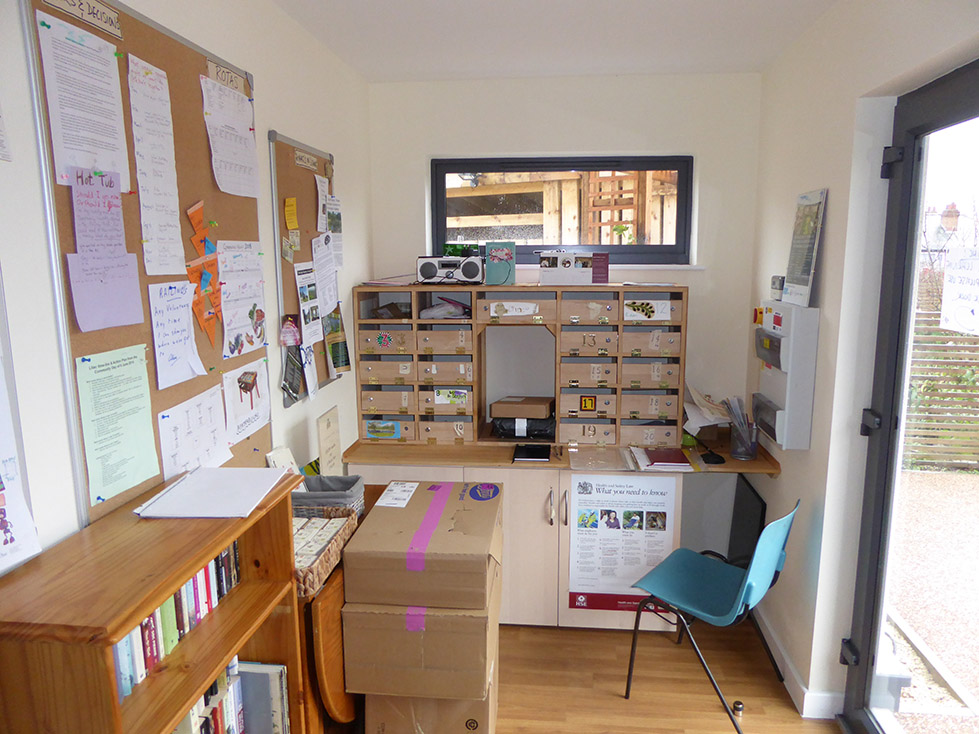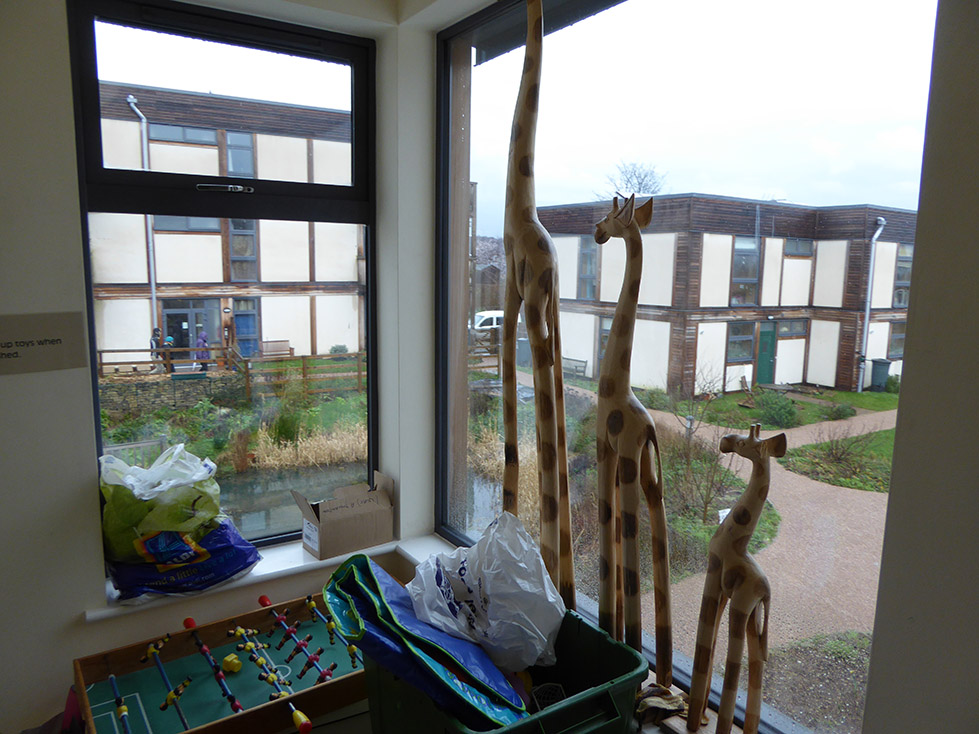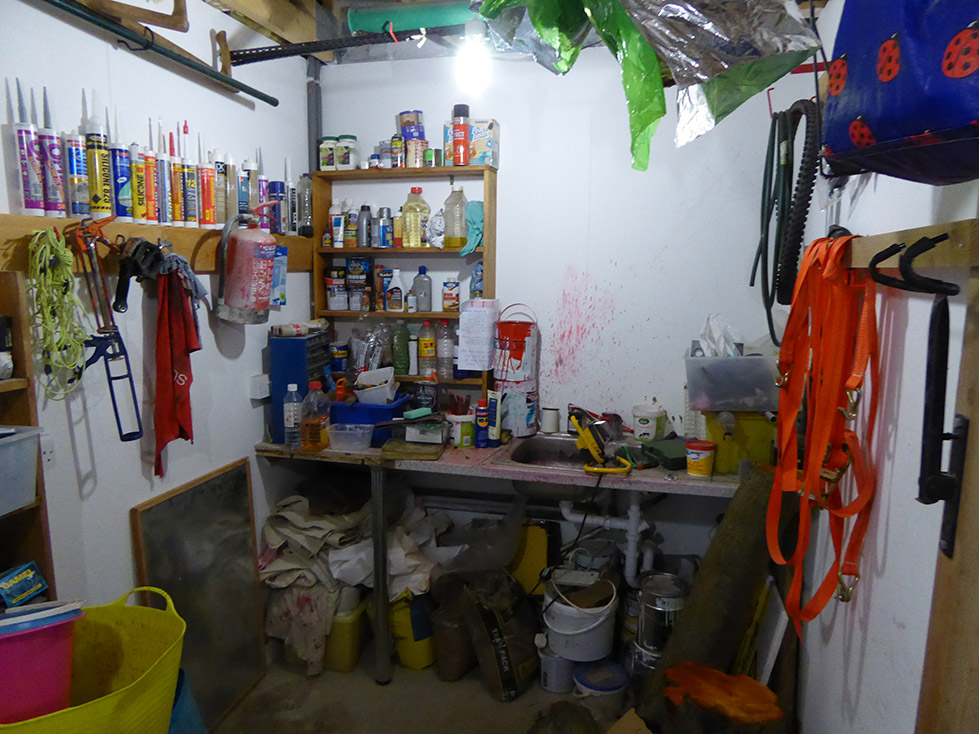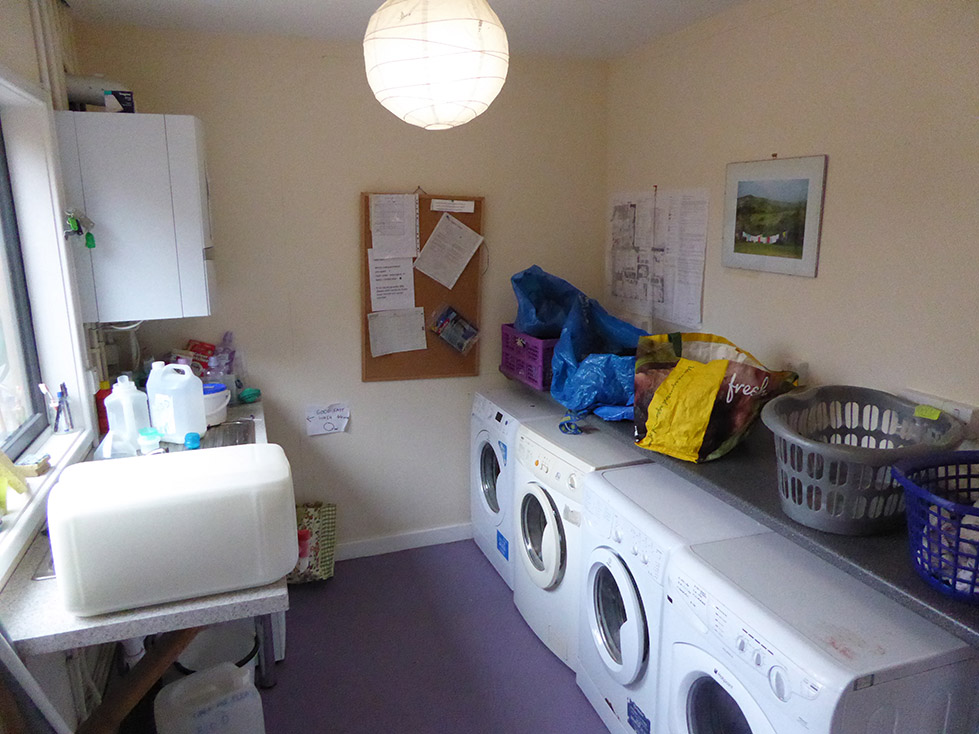Last month we joined a team of volunteer residents and twenty or so interested people from across the UK to talk about funding and financial models in housing. Perhaps not everyone’s idea of fun weekend, but we had a blast. This was at LILAC (Low Impact Living and Affordable Community), a co-housing project in Leeds. Completed in 2012 and home to twenty households it has pioneered a variety of innovations from straw bale housing SIP (Structural Insulated Panels) on a significant scale to a Mutual Home Ownership Society (MHOS) finance model.
A MHOS is essentially a recognised entity that owns (or has taken a mortgage out on) the land and buildings and is controlled by its members, the residents of LILAC co-housing. The total cost of the development is divided into equity shares which residents purchase in the form of a deposit and monthly payments which service the debt, and over time pays for further shares.
The approach to funding at LILAC is significant for a number of reasons. Firstly, it’s an example of a collective housing model established by individual households motivated to have more control over their future housing situation. Secondly, and perhaps most significantly, it takes a bold stance against the extreme volatility of the UK housing market by separating itself, and the value of the individual houses from the market and pegging them instead to the rate of increase of average national incomes. This means that the housing remains at a stable level of affordability – no matter what treacherous, inflammatory path the rest of the housing market takes.
We were hugely inspired by our visit to LILAC. It was great to see how much can be achieved when residents have the capacity to shape and manage the place in which they live. The community run the MHOS system, manage a co-house, allotments, gardens, communal workshop and laundry space, and organise a number of social events.
It is an incredibly generous development in many ways. The way that the financial model supports a wide range of incomes, the ethics underpinning the way that the community is run and the sourcing of materials all lead to a low carbon, local architecture.

